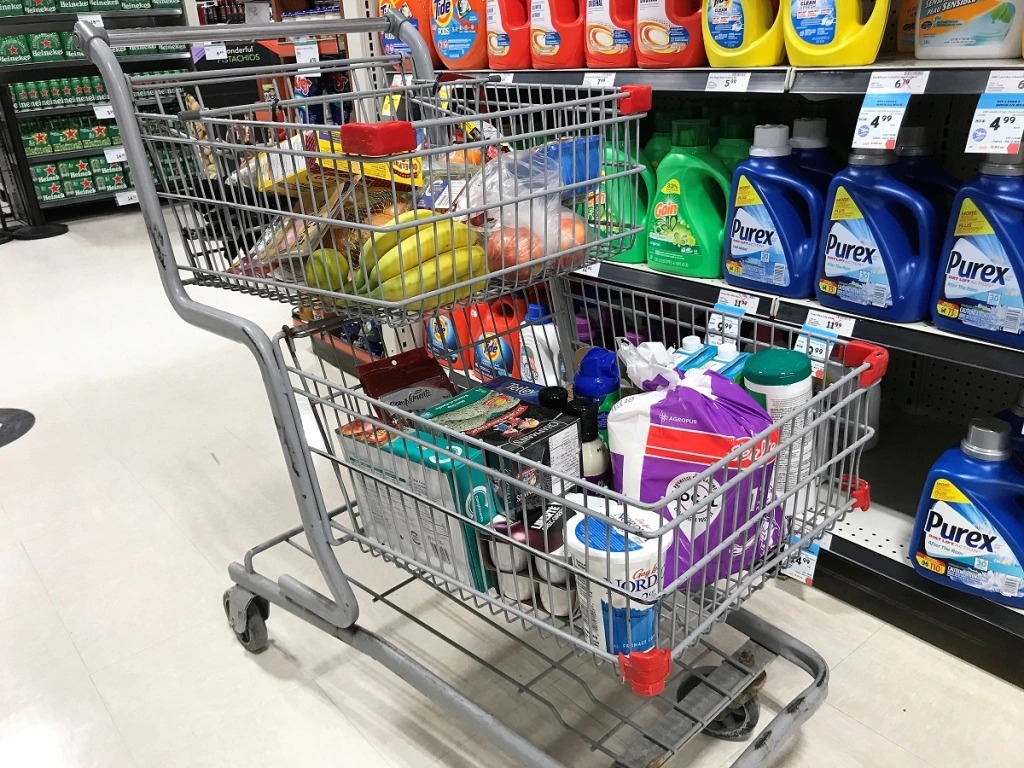Ever wondered why your shopping cart-online or in-store-always seems to be overflowing? The answer lies in a fascinating mix of psychology, retail strategy, and evolving consumer habits. Let’s unpack the real reasons behind the perpetually full cart and what it reveals about modern shopping behavior.
Key Highlights:
Larger Carts, Larger Purchases: Retailers have found that enlarging shopping carts directly increases sales. The greater the capacity you have, the more you will tend to add things-often more than you planned on in the first place. This "empty space" phenomenon unconsciously encourages you to fill the cart, and what becomes less important in each item is that you buy it on impulse. Grocery stores and big-box retailers have recorded as much as a 10% boost in average purchase merely by providing larger carts.
The Psychology of Abundance: Customers associate fuller cart with value and abundance. The bigger the cart, the less full it feels, and the more you're inclined to add more snacks, bargains, or impulse buys. This plays on the "endowment effect," where you feel more attached to what you already have and must add more to it.
Decision Fatigue and Choice Overload: On the internet, things are even more interesting. The typical cart abandonment rate is a staggering 70%. Consumers tend to fill up their virtual carts when they're browsing, but then stall at checkout-overwhelmed by too much choice, surprise fees, or simply second thoughts about their purchases. This "decision fatigue" results in abandoned shopping carts, according to research that indicates that for every one transaction completed, four carts are abandoned.
Surprise Costs and Checkout Friction: Surprise shipping costs, taxes, or required account sign-up can convert a full cart into a lost sale in a matter of seconds. Almost half of online consumers report surprise costs at checkout as the number one reason for cart abandonment. The more complex or time-consuming the checkout process, the greater the likelihood that shoppers will abandon ship before hitting "buy.".
Saving for Later and Window Shopping: Carts are often used as a "wishlist" by many consumers, stocking them full of items they're not ready to purchase but want to consider. This is not necessarily a lost sale-oftentimes, it's a temporary halt in the decision process. Consumers are comparing prices, waiting for a promotion, or merely bookmarking items for consideration later.
Retailer Strategies and Social Influence: Aisle placement of high-margin or impulse products along the shopping route is strategic, with the understanding that a larger cart makes it a simple matter to toss in "just one more thing." Having other people around you with loaded carts can also cause a feeling of social proof, and you feel it's okay to fill up, especially if there's a sale or holiday.".
Convenience and Comfort: Consumers are more apt to use a cart-even for minimal trips-because it's less stressful and more convenient than carrying merchandise. The increasing trend of smart carts and digital signage will make this experience even more interactive, steering consumers to bargains and offering complementary products suggestions.
In Summary:
The full cart is no coincidence-it's the product of smart store design, psychological manipulation, and the changing way we shop. From the physical dimensions of the cart to the digital signals on websites, it's all designed to get you to add more. But with decision fatigue, surprise costs, and the convenience of "saving for later," the path from a full cart to a finished purchase is more complicated than ever.
Sources: Razorpay, FasterCapital, CartBoss, Good L Corp, CBS News, Iceland Review
